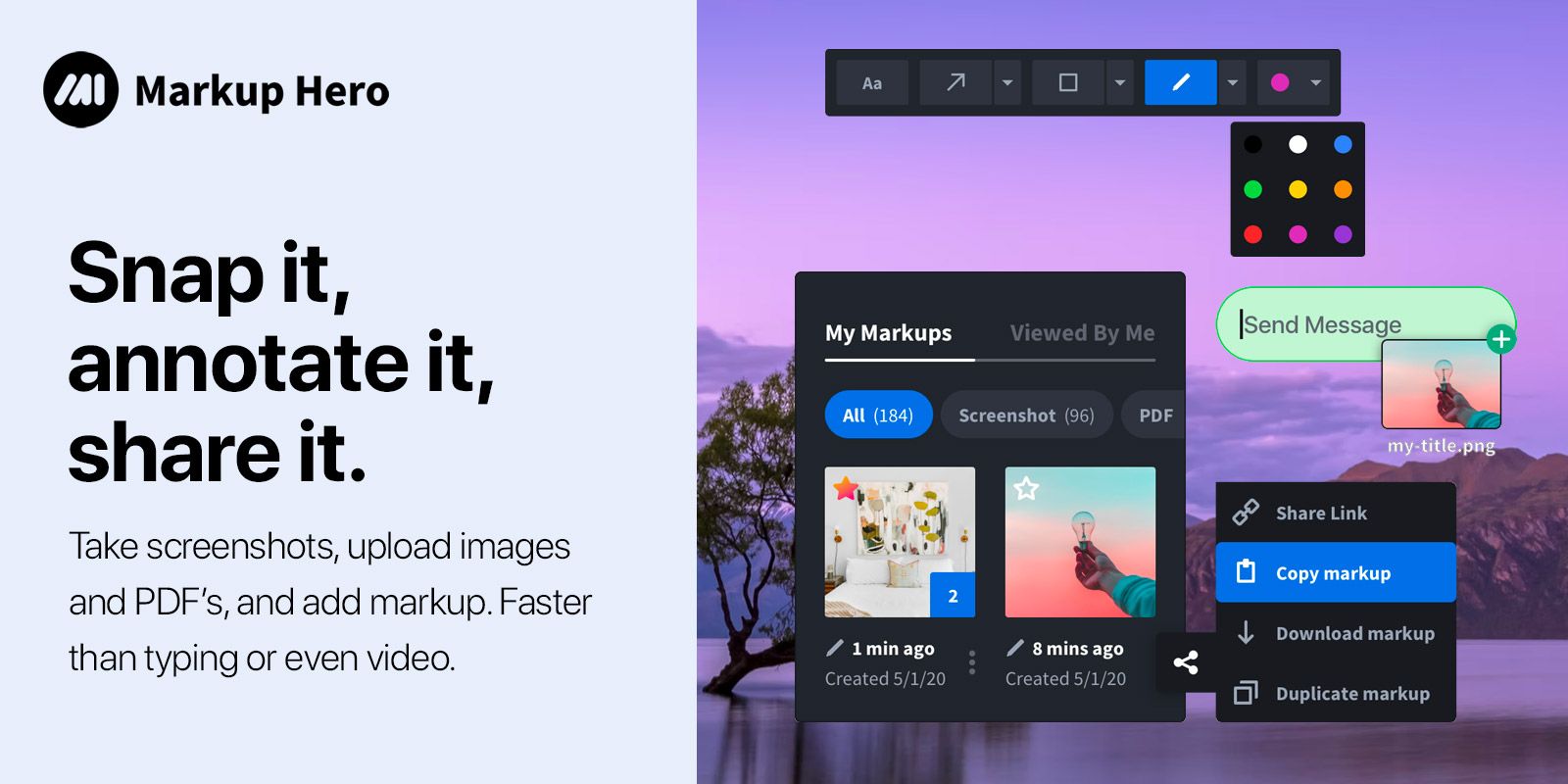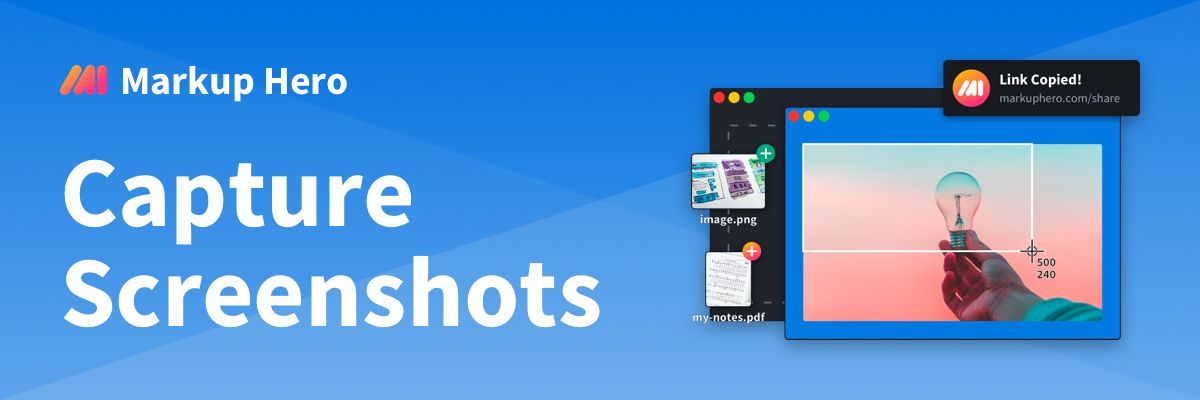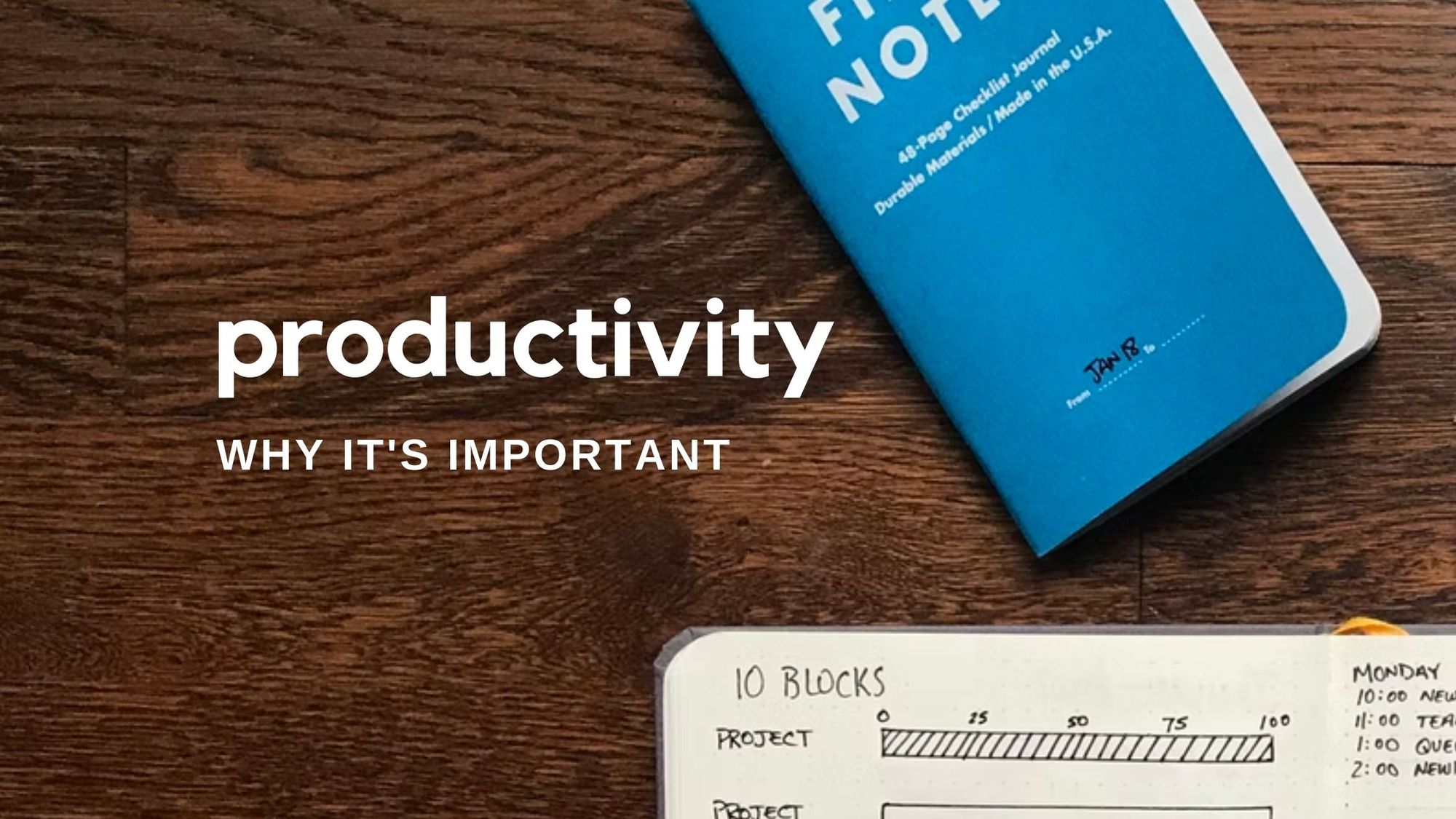Time is our most valuable resource. In order to succeed in your respective industry, it is necessary to make the most out of every second you get.
Being productive is not black and white. There are countless ways people try to squeeze the most out of their granted 24 hours.
The development of tools for managing complex schedules, curating information, and project management have not only increased the desire for better efficiency and more time for work, but also made it possible.
These specific tools reduce inefficiencies in redundant tasks and offer more cutting-edge resources geared to specific businesses and professions.
Why Should We Care About Productivity?
Work is an essential part of our day-to-day lives. It can give people meaning, a sense of belonging, and accomplishment. Nonetheless, it’s also a common cause of unhappiness.
Therefore, productivity in the workplace is vital, allowing you to prioritize tasks and become the most efficient version of yourself. Although people have different reasons why they wish to be productive, we all face the same barriers that hinder us from achieving this goal.
Scrolling social media, attending unnecessary meetings, and many other similar tasks can eat up time without you even realizing it. These are just a few examples of inefficient time expenditure that can drastically hinder employee productivity.
Talking about efficiency and focus is simple, however, achieving them is difficult. Heck, you might even find that simply searching for time-saving techniques has led to more time wasted. More often than not, the search bears no fruits, and achieving productivity remains a piped dream for most.
But, the search ends here. This compilation of tools will allow you to increase your productivity and make the most of your day.
#1 - Use Digital Tools to Enhance Productivity
Numerous digital tools can assist you in improving efficiency. Most of these tools offer automated project and task management, while others provide more industry-specific resources such as software libraries.
Regardless of your approach to increasing productivity, the variety of tools and productivity technology available are endless.
Here are a few productivity tools you can't miss:
Markup Hero for Communication, Feedback and Collaborating
Markup Hero helps you capture ideas, communicate clearly, and save time. Instantly snap screenshots or upload Images/PDF's/Google Drive or via URL.

Markup Hero is perfect for entrepreneurs, product managers, project managers, designers, customer service agents, executives, sales people and anyone in a collaborative environment.

Some of Markup Hero's features include:
- Screenshots, Upload Images, PDF's, URL's
- Always Editable Markups
- Forever History and Tags
- Text, Arrow, Rectangle, Oval, Pen, Colors, Line Thickness, Crop, Resize Canvas
- Insert Images
- Sharable Links
- Copy, Download & Duplicate
- Unlimited markups, unlimited storage, unlimited bandwidth

Nuance to Transform Interactions with AI
Nuance is a tool that helps businesses eliminate the frustrating experience clients have when they call customer support. The company’s mission is to move from voice to digital helping businesses deal with clients on digital channels rather than by calls only.
This helps build client relationships and allows companies to lighten the load on their call centers.
Active Collab for Project Management
ActiveCollab offer comprehensive project management tools for working with teams and clients.
The platform's integrated invoicing and payment functionality solves most of the difficulties small businesses, freelancers, and entrepreneurs face when jumping back and forth between payment apps and task management tools.
Users can choose to either have a self-hosted app on their server or the site's monthly cloud service plan. Project management, payment, and communication tools are mainly siloed technologies; integrating them into one site can reduce long curves for novel tools and support company processes in a single interface.
LucidChart for Analytics
LucidChart is another emerging productivity tool for working on charts and diagrams with your team. The site offers a diverse template gallery that you can leverage to create diagrams on anything from software development workflows to financial portfolios.
Some other very popular workplace productivity tools worth looking into include:
- Trello for Tasks Management and Kanban Boards
- Slack for Team Communication
- Paradot for Marketing Automation
- nTask for Projects Management
- Olark for Customer Service
#2 - Use Timeboxing to Manage Schedules
Timeboxing is a time management approach limiting a task to a particular timeline.
This approach has become popular for enhancing productivity, minimizing stress, and managing overburdened schedules. It involves task managing via interval periods of task-based work with small breaks distributed between them.
Like the Pomodoro approach—optimized and applied in various applications and industries—the timeboxing approach specifically attempts to build mental clarity and focus that alleviates fatigue.
It takes time to develop timeboxing into a habit and requires paying attention to your energy patterns and focus. Splitting time into interludes where you focus intensely on work for long periods followed by short small breaks is designed to boost concentration.
Reducing the use of technology—especially before sleeping—is another method that's been touted as a feasible way to enhance productivity at work and improve sleep quality.
Being glued to screens during the day or night can reduce motivation and energy the next morning.
Understandably, limiting technology usage in today's digital world is challenging, especially since screens are everywhere and there's always something happening on social media . However, minimizing its usage or monitoring it with apps like Forest can boost focus and lift your mood.
#3 - Always Plan Ahead
If you research the habits of extremely successful people, you'll notice a pattern: they always plan their day well in advance.
Being productive means knowing what you'll be doing and for how long at a particular time on any given day.
The likelihood of missing out on an essential task increases exponentially when you don't have a schedule. An excellent way to increase efficiency is to create the day’s itinerary and divide it into interludes of 30-60 minutes.
You can create the schedule early in the morning or the day before. To start, note down your morning routine (exercise, breakfast, shower, etc.), and then write down all the tasks you must complete during the day.
Noting down everything you have to accomplish during the day ensures you always know what you'll be doing and gives you a sense of direction. This eliminates guesswork and helps you manage your time more efficiently as you don't have to start pondering what you should do next.
Here's a process you can follow:
- Divide your goals into tasks: Review your professional and personal goals when planning your day and identify which tasks get you closer to achieving them. Don't be vague when breaking down the tasks. For instance, in your to-do list, don't write "exercise"; write something like "spend 30 minutes at the gym."
- Plan for the entire week: Scheduling activities for the day starts by looking at your entire week. You likely have several goals and tasks you need to complete by the weekend. While there are goals you have to work on daily, others can work on a few times a week to build momentum.
- Organize your to-do list: When organizing their day, most people start with their scheduled appointments, urgent deadlines, and compulsory meetings, and then attempt to fit goal-focused tasks around them. This action should be the last step when planning your day.
#4 - Handle the Easy Tasks First
Handling a difficult task means spending plenty of time on it. Hence, you won't make the most of your day if you go for complex tasks first.
On the other hand, handling easy tasks leaves room for challenging tasks later in the day.
Procrastination is what impedes our productivity the most. Traditional wisdom calls for making procrastination constructive; when you're not up to doing a complex task that needs a lot of brain or willpower, do another less intense task.
What you do in the morning also sets the tempo for the day. If you have difficulty starting your day, tackle the easy tasks first. You'll be able to tick off some items from your list and build momentum. You can then slowly move to the complex tasks.
The opposite approach also works—starting with a daunting task can make the rest of the day feel like child's play. You can use the early morning hours (when individuals are naturally more motivated and focused) to work on a task you've been avoiding or an important task.
This approach can be attributed to Mark Twain's famous quote: "If it's your job to consume a frog, do it as the first thing in the morning. And if your job is to consume two frogs, start with the bigger one."
Either strategy works, and it is completely up to you to test out each and decide what works best for you.

#5 - Pomodoro Approach to Improve Focus
The secret to productivity is thinking in tomatoes instead of hours. While this may sound silly, many people swear by the Pomodoro time management approach.
Francesco Cirillo developed the Pomodoro method in the late 1980s. This technique divides tasks into time intervals, usually 25 minutes long, separated by 5-minute breaks.
Another variation, the 52-17 technique, involves working continuously for 52 minutes and then taking a 17-minute break.
After four successive Pomodoro sessions, you can take longer breaks of 20 to30 minutes.
The 25-minute intervals are the backbone of the Pomodoro approach. However, three rules can help you get the most out of each interval:
- Break down intricate tasks: If a project needs more than four Pomodoro sessions, you should break it down into smaller, more manageable tasks. Following this rule ensures you make the most progress possible.
For example, if your task is to get through that new digital marketing course you purchased, it is going to take more than 25 minutes.
You could break it down into bite-sized pieces by dealing with a few chapters during every Pomodoro session.
It is important to remember to stray away from designating large tasks into one block of time.
- Small projects go hand in hand: A task that takes less than one Pomodoro session should be done alone with another simple task. For instance, booking an appointment with the vet, reading an article, and writing the rent check can go together.
- A Pomodoro session shouldn't be interrupted: A Pomodoro represents an indivisible time unit, and you can't break it, especially not to check team chats, text messages, and incoming emails. Tasks, requests, and ideas should be noted and tackled later. A digital task manager like Freedcamp is an excellent place to notate them, but paper and pen also suffice.
Bottom Line
Enhancing your productivity is one of the most efficient ways to balance your schedule and minimize work overload. The resultant effects on overall health improvement through reduced anxiety are profound.

For companies, specific productivity platforms and tools can reduce inefficiencies through increasing collaboration and providing primary resources to create new designs and products.
In the ever-evolving professional world, it is often necessary to take a step back and develop new strategies to enhance productivity tactfully and manage time more efficiently.
Guest post by Freya Laskowski, a personal finance expert and founder of the CollectingCents website that teaches readers how to grow their passive income, save money, improve their credit score, and manage debt.

